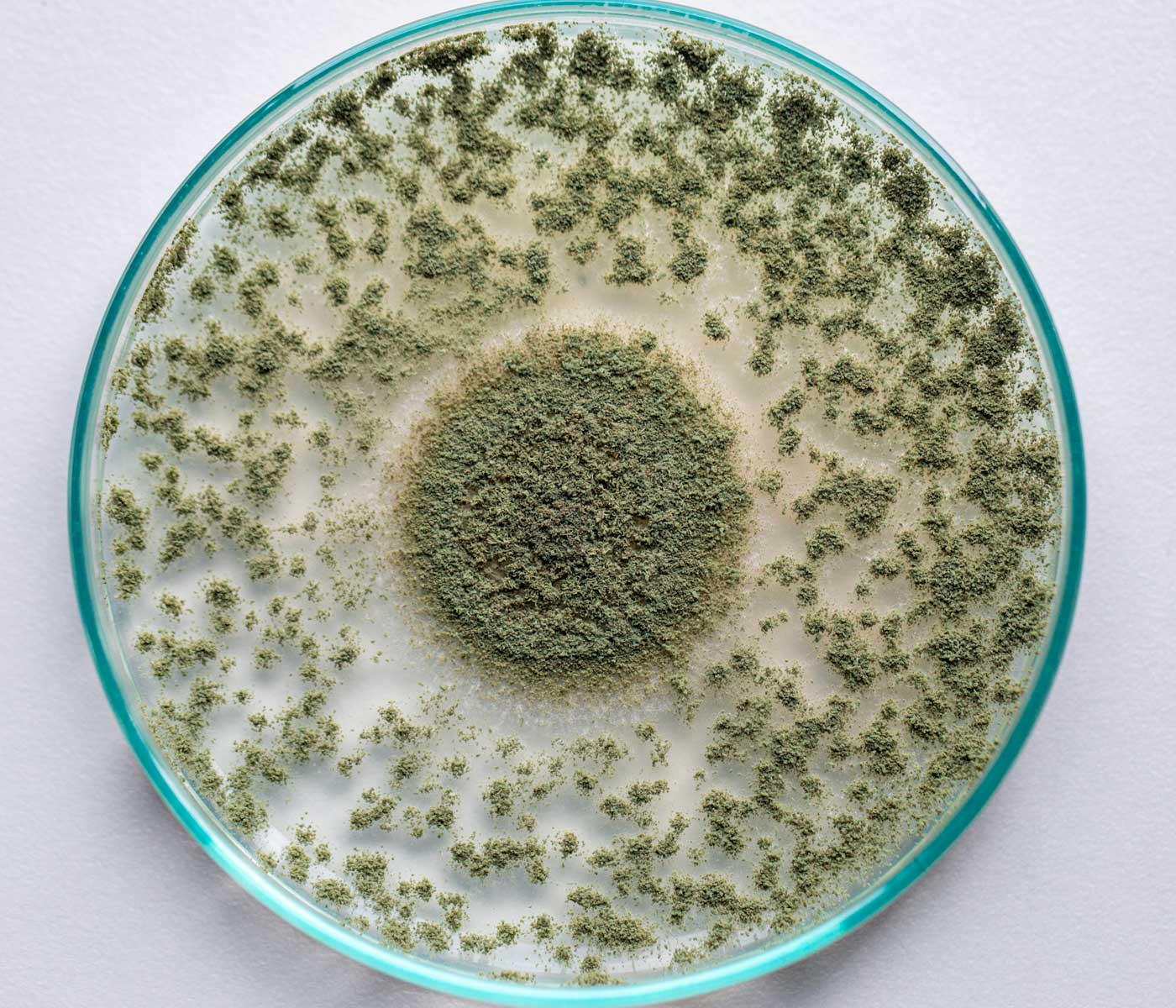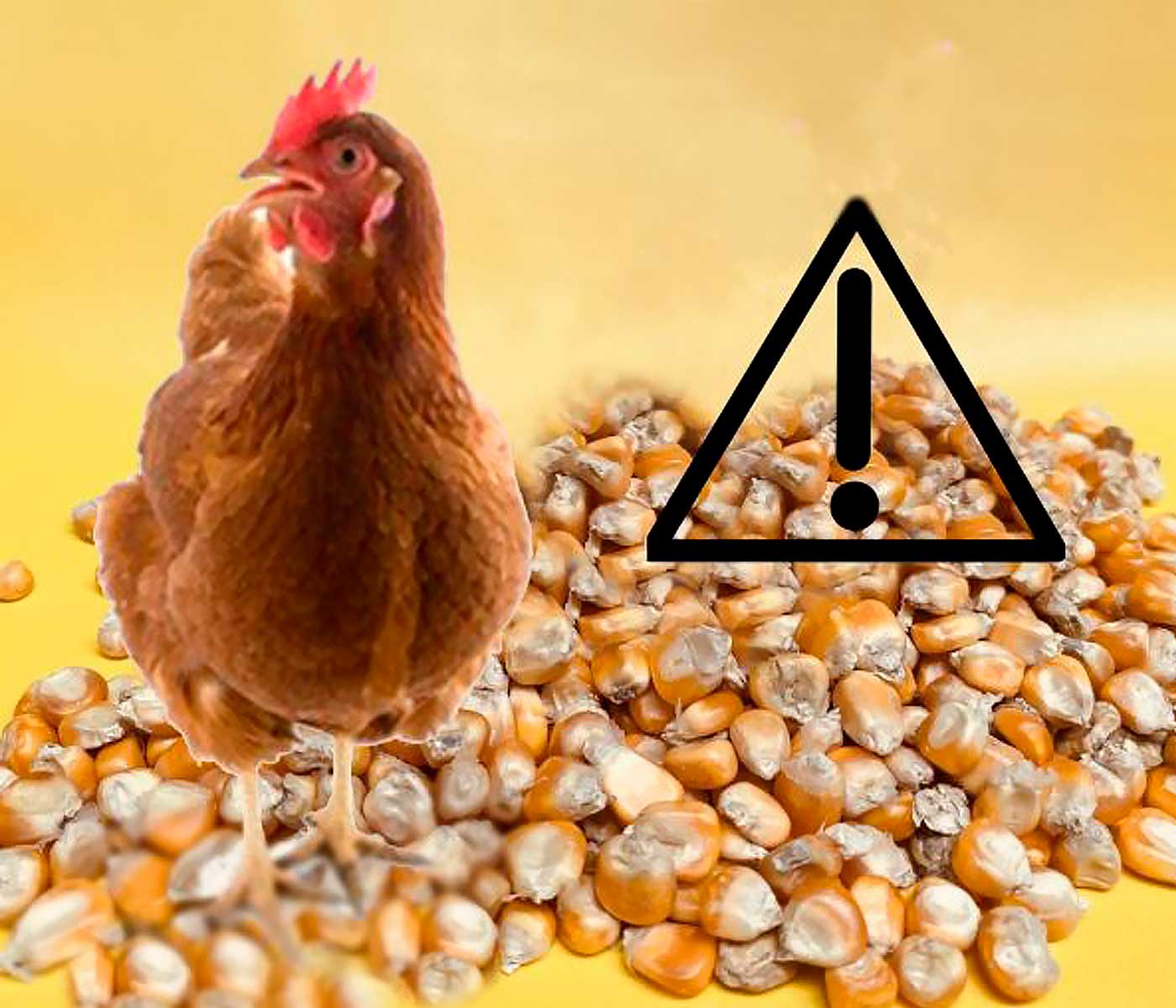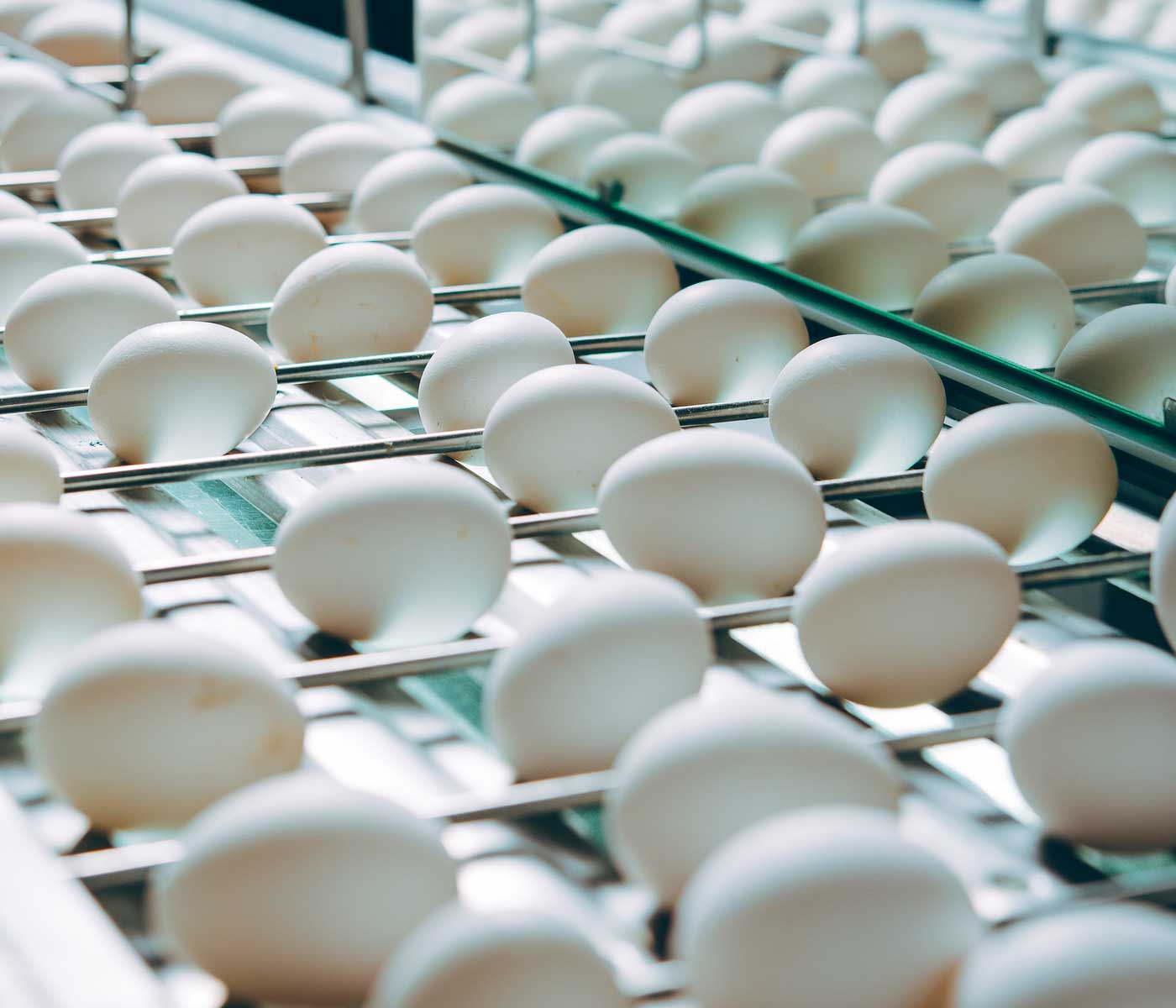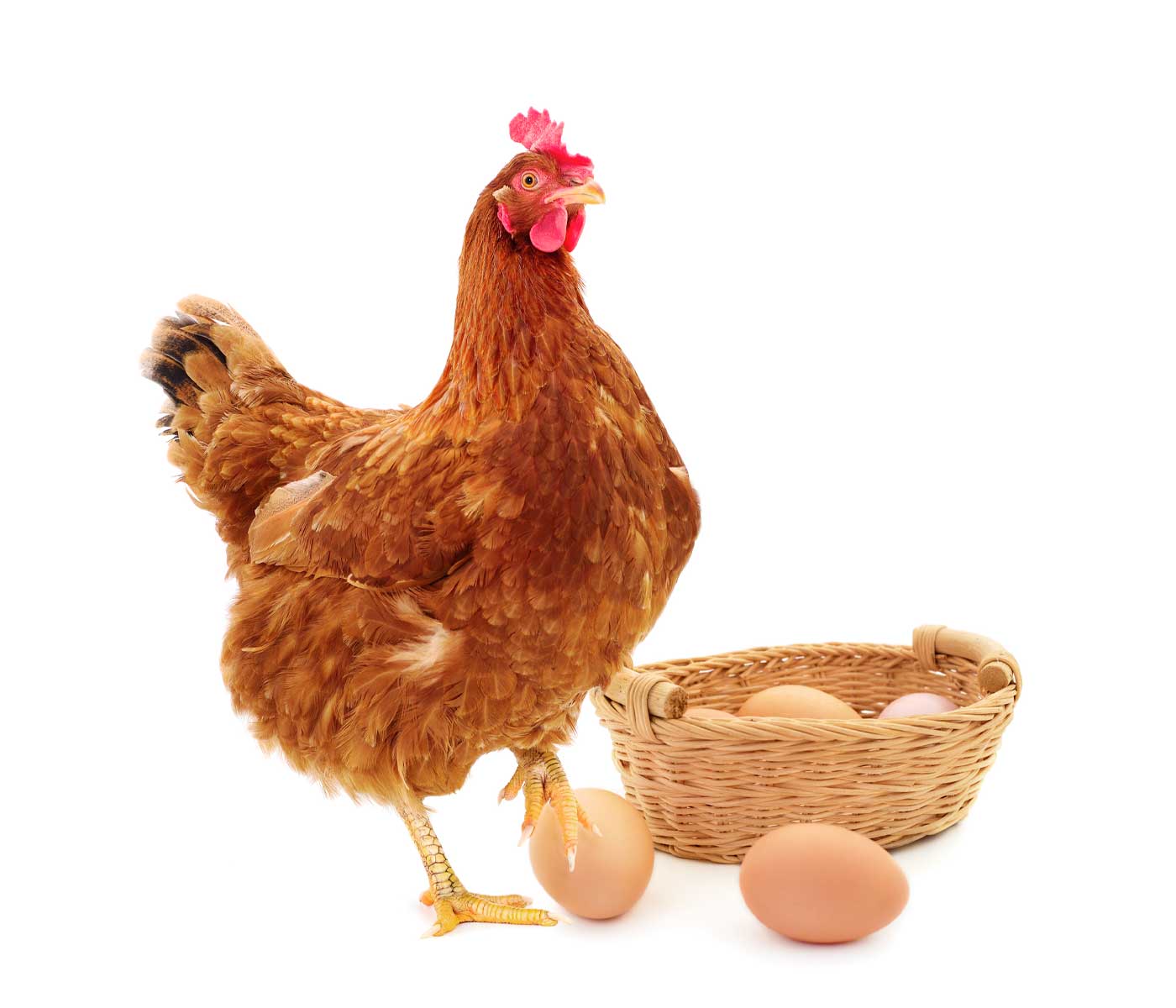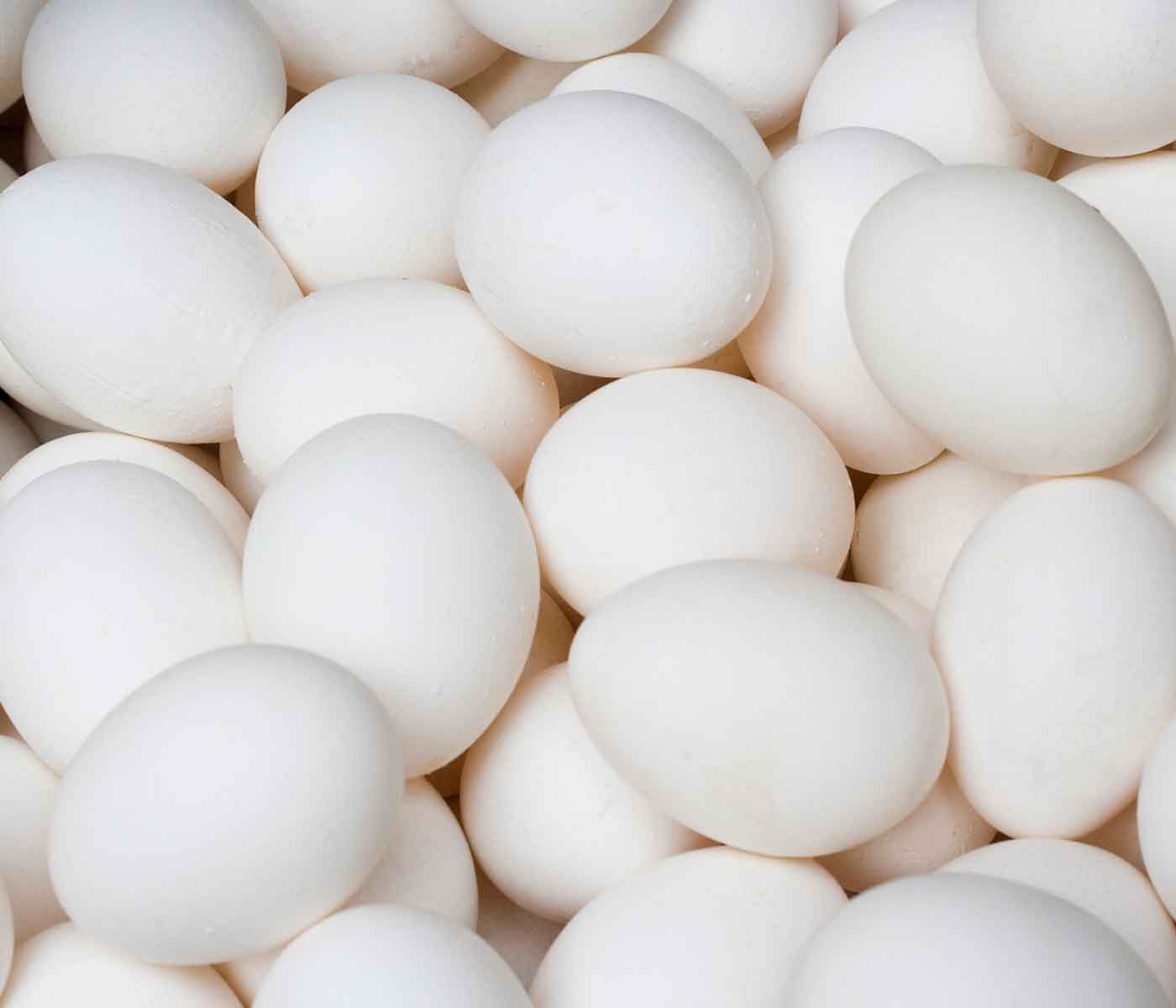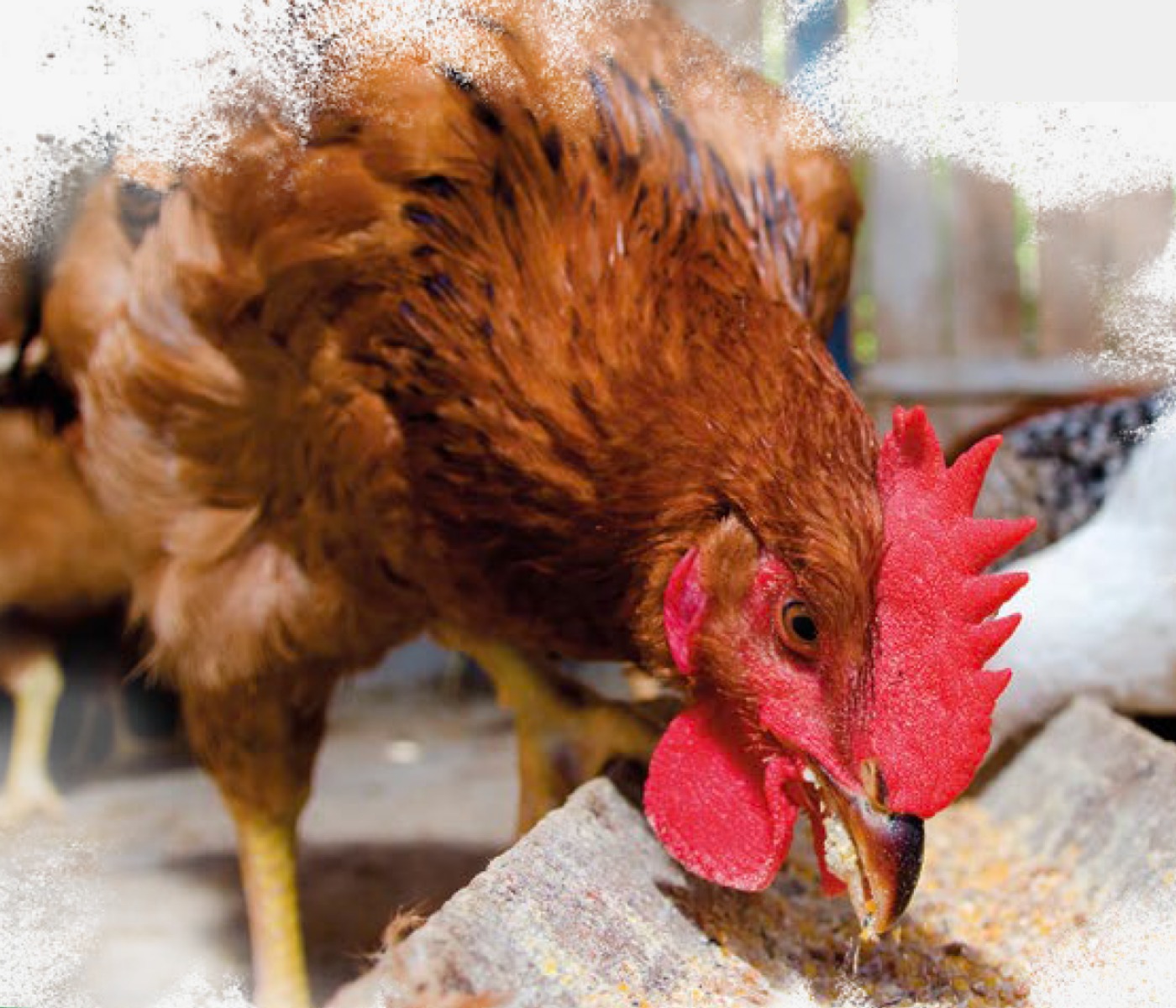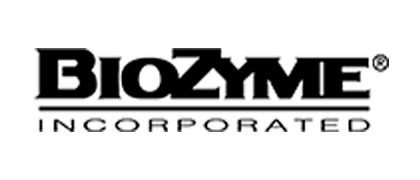The application of ancient Aspergillus oryzae fungus in modern animal feed additives.
Centuries ago, an organism paved the way for culinary staples in Japanese culture like miso, soy sauce and sake.
Aspergillus oryzae (AO), the filamentous fungal microorganism in question, has since been integral in the brewing, distilling and baking industries.
- With a long history of widespread use in the food sector, its safety is supported by the World Health Organization, and is classified as a “Generally Recognized as Safe” substance by the United States’ Food and Drug Administration.
Now, this adaptive organism is revolutionizing the laying hen market with its unique applications in animal feed additives.
Why AO?
While most modern animal feed additives are derived from single-cell organisms like yeast (Saccharomyces cerevisiae), animal health and nutrition company BioZyme® Inc. has harnessed the power of the multi-cellular AO fungus to develop and produce products that precisely, affordably and sustainably address challenges in animal agriculture.
The AO fungus’ large 37-megabase genome contains 12,074 genes, nearly 30% more than other Aspergilli species and about twice as many genes as yeast.
Its genetic diversity and adaptability make it an exceptional option for fermentation.
Members of the Aspergillus genus are distinct from other microbes since they utilize both a primary and secondary metabolic system. AO’s primary metabolism receives energy through contact with energy sources, where it secretes enzymes that degrade the proteins and peptide bonds within the starch and convert them into amino acids and sugars for consumption.
The generally dormant secondary metabolism allows AO to produce unique secondary metabolites. These metabolites also grant it the ability to modify itself according to the current environment by increasing or decreasing fitness for optimum metabolic efficiency.
- This ensures that AO can adapt to a wide range of environments.
Secondary metabolites produced during the fermentation of AO can be bioactive, as BioZyme has documented through extensive mechanistic research.
As a result, AO acts as a “biofactory” to create novel and efficacious feed additives for animals and has been at the center of BioZyme’s biotechnology for more than 70 years.
The AO in AO-Biotics
In 1968, BioZyme founder Larry Ehlert patented a direct-fed microbial produced from AO – then an unheard-of application in the industry.
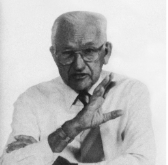
- The fermentation product, now marketed as AO-Biotics Amaferm®, is a research-proven prebiotic that enhances digestibility in a range of species, with more than 175 published journal articles, theses, abstracts and controlled field trials supporting its effectiveness.
BioZyme’s AO fermentation expertise has since been brought to market through its brand, AO-Biotics® — an innovative line of feed additives. In addition to the multi-species prebiotic Amaferm, the line now proudly offers a postbiotic developed specifically for laying hens: AO-Biotics EQE® (Egg Quality Enhancer).
Produced using patent pending technology, the first-of-its-kind AO postbiotic that improves egg quality and productive life span.
As global egg consumption increases, AO-Biotics EQE helps producers overcome production challenges by allowing laying hens to produce high-quality eggs for longer periods of time.
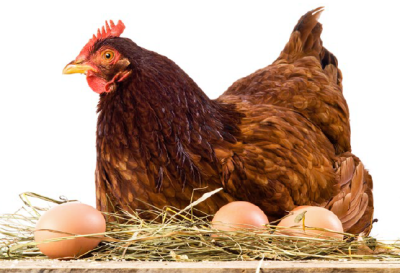
Various field trials involving more than 400,000 laying hens indicate the inclusion of AO-Biotics EQE in the diet results in, on average:
- 3% more sellable eggs laid per hen
- 3% more egg production
- 2% more egg mass
- 24% reduction in flock mortality
Utilizing its unique AO strain, BioZyme’s innovative feed additives like AO-Biotics EQE are proving effective in improving production quality and efficiency for the global food animal sector.
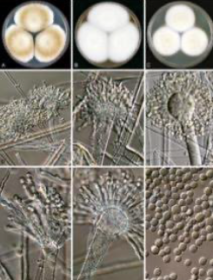
AO photo cutline: BioZyme® Inc.’s unique strain of Aspergillus oryzae (AO) results from the controlled fermentation of AO using a proprietary process — a specific strain, specialized growth media, controlled growth and harvest process and post-fermentation conditioning.
AO-Biotics products are currently available in 42 countries through a variety of distribution partners. Visit biozymeinc.com/additive/ to learn more.

